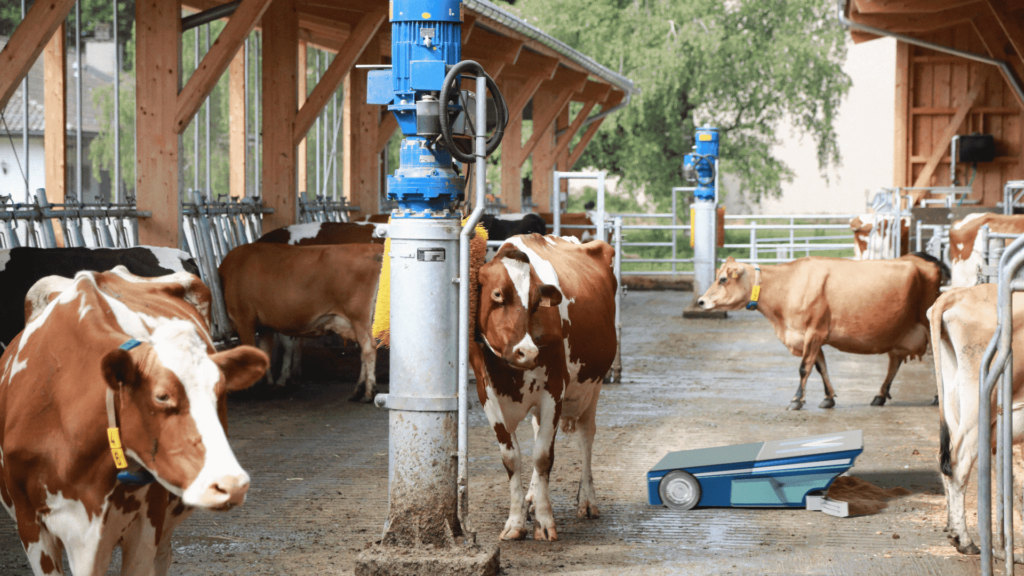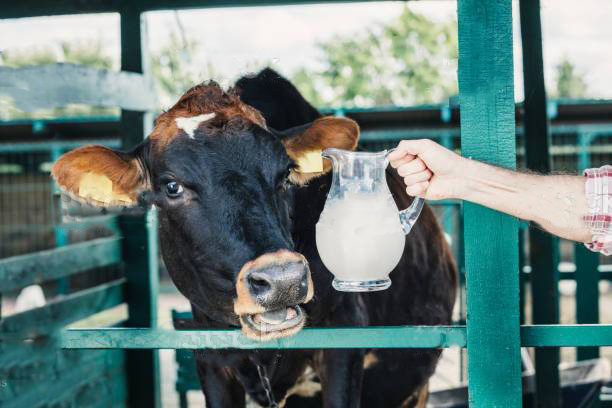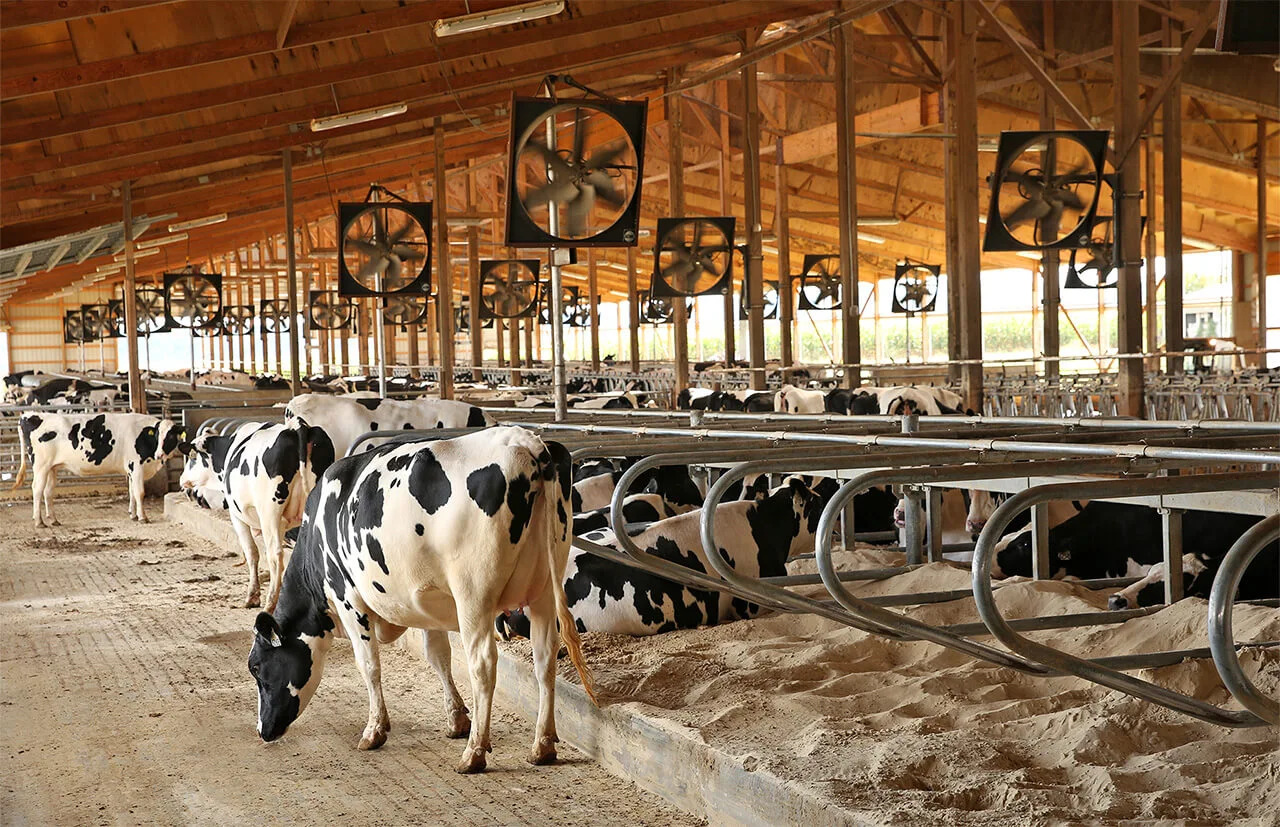Wieringen, a former island at the top of the province of the North-Holland, is home to the Klaver family’s dairy farm. Together with their children Anna, Bram and Lisa, who are studying, Niels Klaver and his wife Marga keep the farm running smoothly. That’s quite a challenge with 200 dairy cows to take care of, which is why the couple are so happy with their latest acquisition, the Moov 2.0 from JOZ. This feed pusher robot makes their work much easier and helps maintain calm in the barn. Niels explains how it works.
With or without a subsidy?
In 1996, Niels Klaver’s dairy farm had just 60 dairy cows and 40 hectares of land. Today, 200 dairy cows graze on more than 150 hectares of land, which means there’s plenty of work to do. It’s no surprise that Niels was keen to purchase the Moov feed pusher robot, as it makes his work so much easier.
‘We applied for a subsidy for the robot at the beginning of last year,’ Niels explains. ‘Unfortunately, the ministry had allocated all the available funds by the time we applied, which meant we didn’t get the subsidy. We eventually decided to pay for the feed pusher robot from our own funds at the end of last year. I’m glad we did. When I see how much time the robot saves me, it will probably have paid for itself in just two years.’

Crowded at the feed fence
Why did Niels buy a feed pusher robot? ‘It was always too crowded at the feed fence,’ he explains. ‘That’s not really a problem during the day, because you can push the feed closer to the fence. But it is a problem at night, because there’s never enough feed. The lower-ranking cows have even less chance.’
‘When we still pushed the feed with the tractor, it was always really busy at the feed fence in the morning. That has completely changed since we started using the Moov. The cows stay lying down peacefully as the robot pushes the feed; they know there will always be more than enough to eat. The cows eat more feed and it’s wonderfully calm in the barn. That’s great for everyone: for us and the cows.’
Automation and convenience
For Niels, the convenience of the Moov is very important. ‘It might seem like a small saving, I mean, what difference does 20 minutes a day make? But we really need those 20 minutes. Although the children help out when they are not away studying, the two of us still do most of the work. Every minute counts, and the Moov really reduces our workload.’
Niels doesn’t believe that automation always makes your work easier. ‘After all, you often end up spending your time checking that it’s working properly. With the Moov 2.0, you don’t waste much time keeping an eye on the robot, because nothing needs to be checked. Apart from cleaning it every now and then, it waits quietly in the corner of the barn until it’s time to start its round. You don’t notice the Moov working and you don’t need to tell it what to do.’
‘If the Moov encounters an obstacle, it starts by retreating slightly and reorienting itself,’ Niels explains. ‘It then tries to restart its round. It succeeds 9 times out of 10. In my opinion, the transponder technology works really well. The Moov doesn’t need to be in a certain place to move, as it follows transponders in the floor. This means it can easily return to its normal route if it encounters an obstacle or unexpected situation.’



A sturdy robot
Niels believes the Moov 2.0 is tougher than other feed pusher systems. ‘We specifically chose a sturdy robot. In other words, a system that doesn’t just stop if it encounters larger amounts of feed. Our barn has a 3+1 layout, which means it’s important that the robot can handle large quantities. The feed mixing truck often pushes out more than 100 kilos of feed, or even up to 150 kilos.’
‘We understand that the machine can’t continuously move so much feed, but it is more than capable of dealing with larger quantities every now and then. When the robot does malfunction, it’s usually our own fault.’
Effect of the Moov 2.0
In Niels’ opinion, the Moov 2.0 has had a major effect on the Klaver dairy farm. ‘When you start using this feed pusher robot, you notice an effect on the rumen fill, the health of the cows and the milk yield. They are all related, which makes it good for the cow and for the farmer.’
